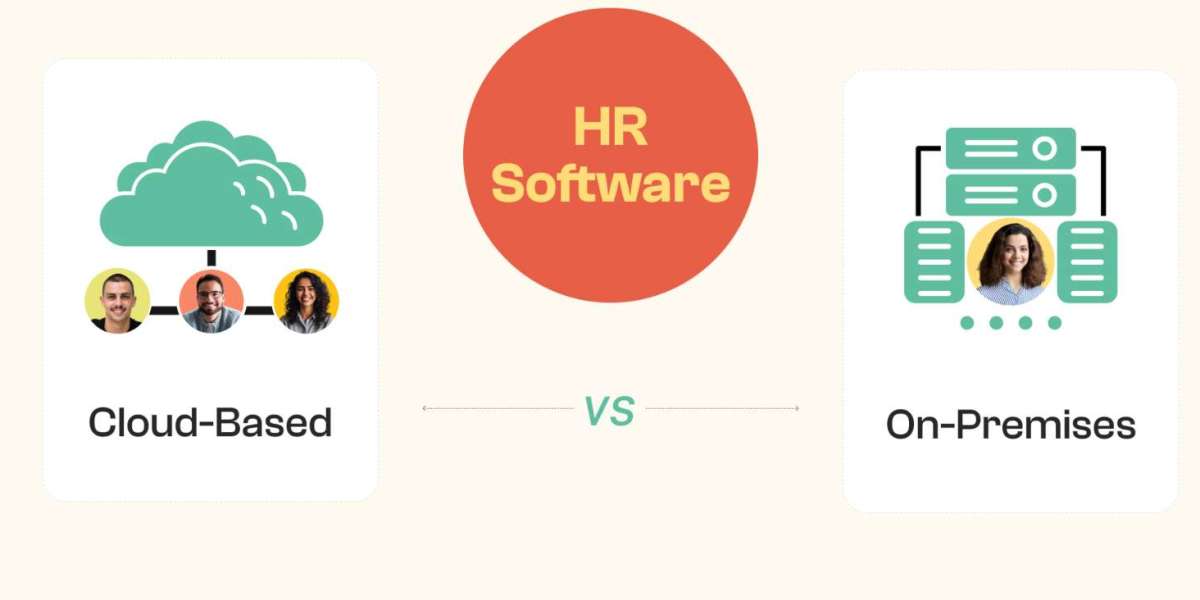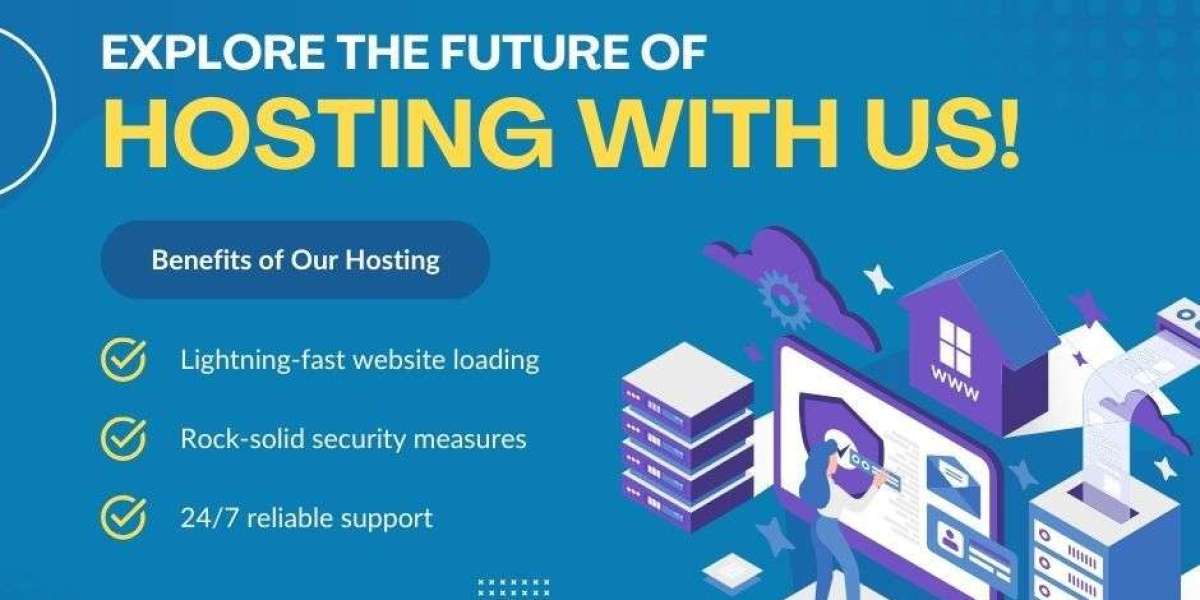In today's rapidly evolving business landscape, human resource management (HR) plays a pivotal role in organizational success. As businesses strive to improve efficiency, reduce costs, and enhance employee satisfaction, the choice between cloud-based HR software and on-premise solutions becomes increasingly crucial. This article will delve into the key differences between these two approaches, explore their respective advantages and disadvantages, and help organizations make informed decisions about which option best aligns with their specific needs and goals.
Understanding Cloud HR Software and On-Premise Solutions
Cloud HR Software:
Cloud-based HR software, also known as Software as a Service (SaaS), is hosted and managed by a third-party provider. Businesses access the software through the internet, eliminating the need for on-site hardware or IT infrastructure. This model offers scalability, flexibility, and often lower upfront costs compared to on-premise solutions.
On-Premise Solutions:
On-premise HR software is installed and maintained within an organization's own IT infrastructure. This approach requires significant upfront investment in hardware, software, and IT personnel to manage and support the system. While providing greater control over data and customization options, on-premise solutions can be more expensive and time-consuming to implement and maintain.
Note: If you're looking for the best Payroll software, you can check that the Nitso Payroll Management Software is the best solution because the Payroll software with multiple features can improve the Accuracy and Efficiency process of payroll.
Key Differences Between Cloud HR Software and On-Premise Solutions
Cost:
Cloud HR Software: Typically offers lower upfront costs, as there's no need for significant hardware or software investments. Subscription-based pricing models make it easier to manage and predict expenses.
On-Premise Solutions: Involves higher upfront costs due to hardware, software, and IT infrastructure requirements. Ongoing maintenance and support costs can also be substantial.
Scalability:
Cloud HR Software: Highly scalable, easily accommodating changes in workforce size and business needs. New features and functionalities can be added or removed as required.
On-Premise Solutions: May require additional hardware or software investments to accommodate growth or changes in business processes.
Accessibility:
Cloud HR Software: Accessible from anywhere with an internet connection, enabling remote work and improved collaboration.
On-Premise Solutions: Limited to users within the organization's physical location.
Security:
Cloud HR Software: Providers typically implement robust security measures to protect sensitive employee data. However, organizations should carefully evaluate the provider's security practices and certifications.
On-Premise Solutions: Organizations have greater control over security measures but must invest in appropriate hardware, software, and IT personnel to maintain a secure environment.
Integration:
Cloud HR Software: Often offers seamless integration with other cloud-based applications, such as payroll, time and attendance, and performance management systems.
On-Premise Solutions: May require more complex integration efforts, especially when dealing with legacy systems or on-premise applications from different vendors.
Advantages of Cloud HR Software
Reduced Costs: Lower upfront costs and predictable subscription fees.
Scalability: Easily adapts to changes in business needs and workforce size.
Accessibility: Enables remote work and improved collaboration.
Rapid Deployment: Quick implementation and minimal disruption to business operations.
Regular Updates: Automatic software updates ensure access to the latest features and security enhancements.
Disadvantages of Cloud HR Software
Dependency on Internet Connectivity: Reliance on a stable internet connection can impact accessibility and performance.
Data Security Concerns: While providers implement security measures, organizations should carefully evaluate the provider's security practices.
Limited Customization: May offer less flexibility for highly customized HR processes compared to on-premise solutions.
Vendor Lock-in: Switching providers can be challenging and time-consuming.
Advantages of On-Premise Solutions
Greater Control: Organizations have full control over their data and IT infrastructure.
Customization: More flexibility for highly customized HR processes.
No Vendor Dependency: Reduced reliance on a third-party provider.
Integration with Legacy Systems: Easier integration with existing on-premise applications.
Disadvantages of On-Premise Solutions
Higher Costs: Significant upfront investments in hardware, software, and IT infrastructure.
Complexity: More complex implementation and ongoing maintenance requirements.
Scalability Challenges: May require additional investments to accommodate growth or changes in business processes.
Slower Updates: Software updates and upgrades can be time-consuming and disruptive.
Choosing the Right Solution: Factors to Consider
When deciding between cloud HR software and on-premise solutions, organizations should carefully consider the following factors:
Budget: Evaluate the upfront and ongoing costs associated with each option.
Scalability: Assess the organization's growth plans and future needs.
Accessibility: Determine the importance of remote work and collaboration.
Security: Evaluate the security measures implemented by cloud providers and the organization's ability to maintain a secure on-premise environment.
Customization: Assess the level of customization required for HR processes.
Integration: Consider the organization's existing IT infrastructure and the need for integration with other systems.
IT Resources: Evaluate the availability of in-house IT expertise for managing and supporting on-premise solutions.
Conclusion
The choice between cloud HR software and on-premise solutions depends on an organization's unique needs, priorities, and budget. Cloud-based solutions offer several advantages, including lower costs, scalability, and accessibility, making them an attractive option for many businesses. However, on-premise solutions may be more suitable for organizations with highly customized HR processes or specific security requirements. By carefully evaluating the factors discussed in this article, organizations can make an informed decision that aligns with their strategic goals and drives HR efficiency.







